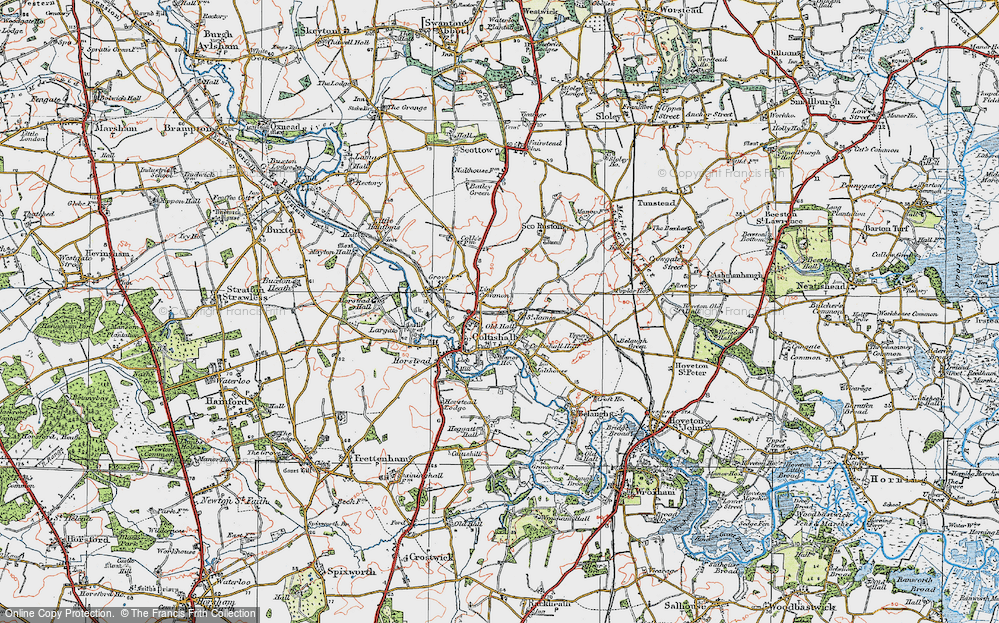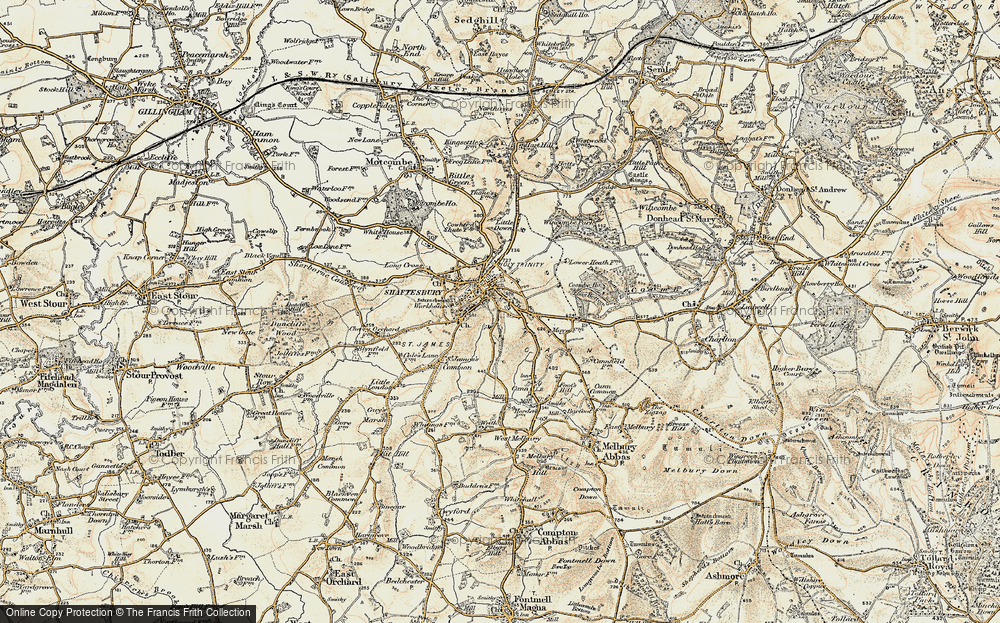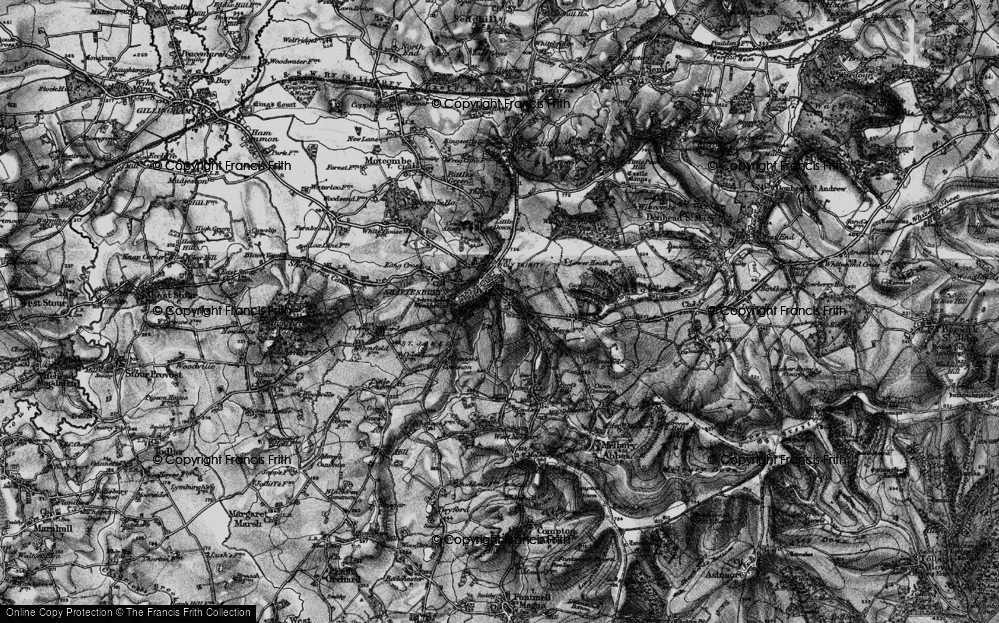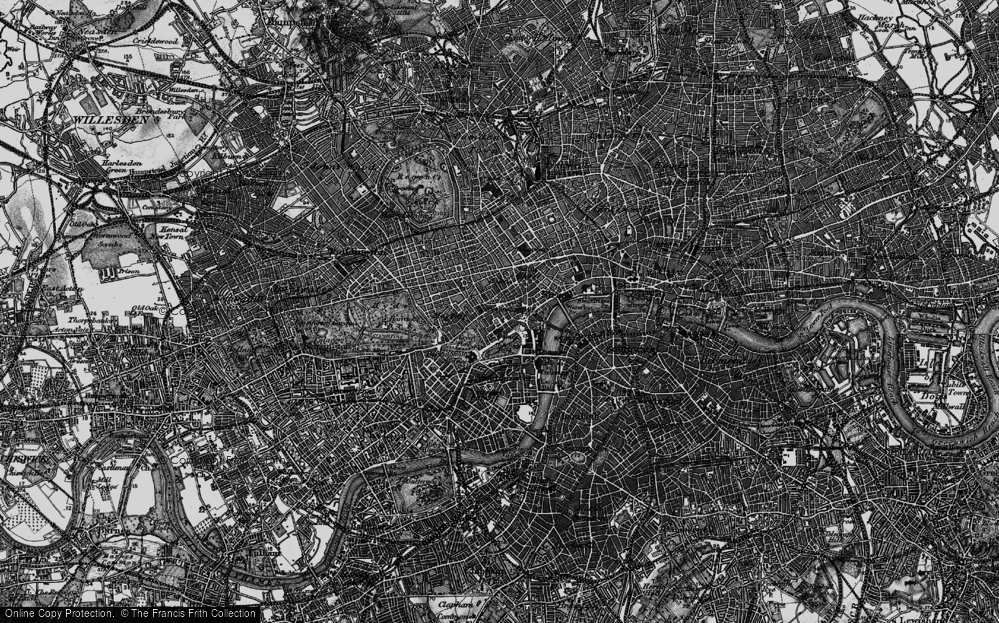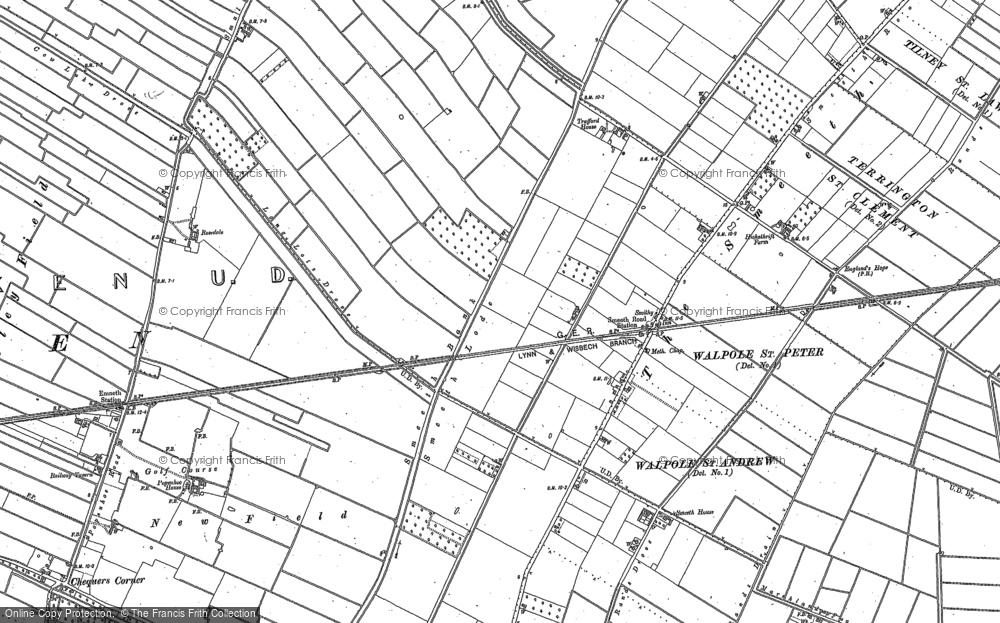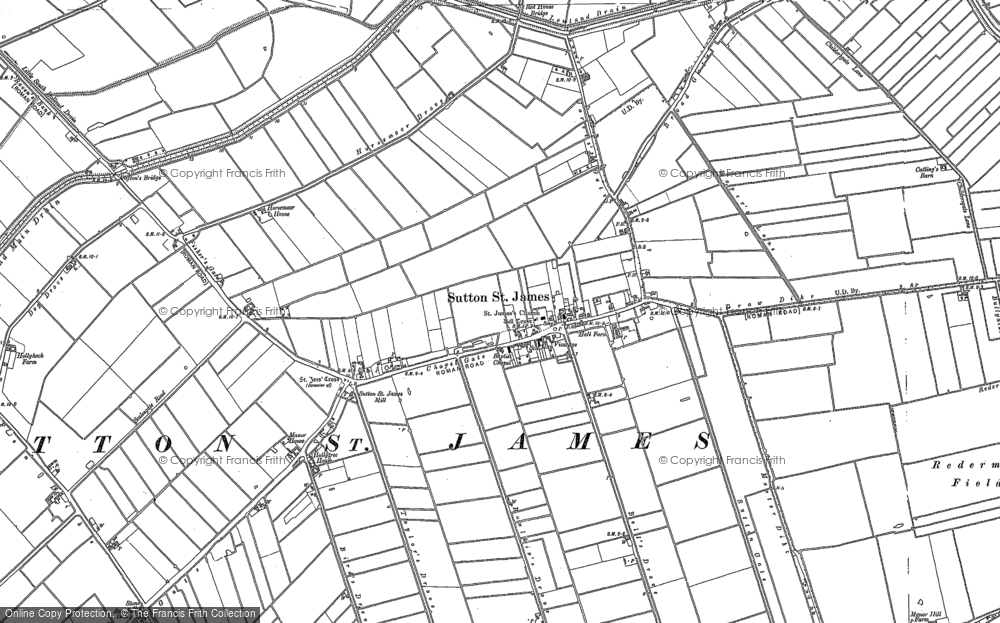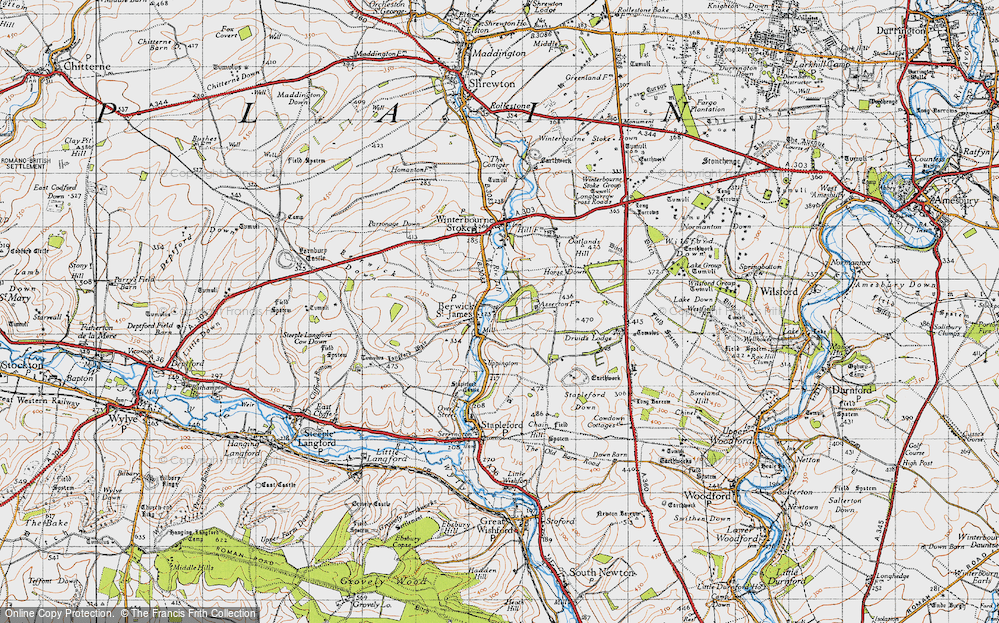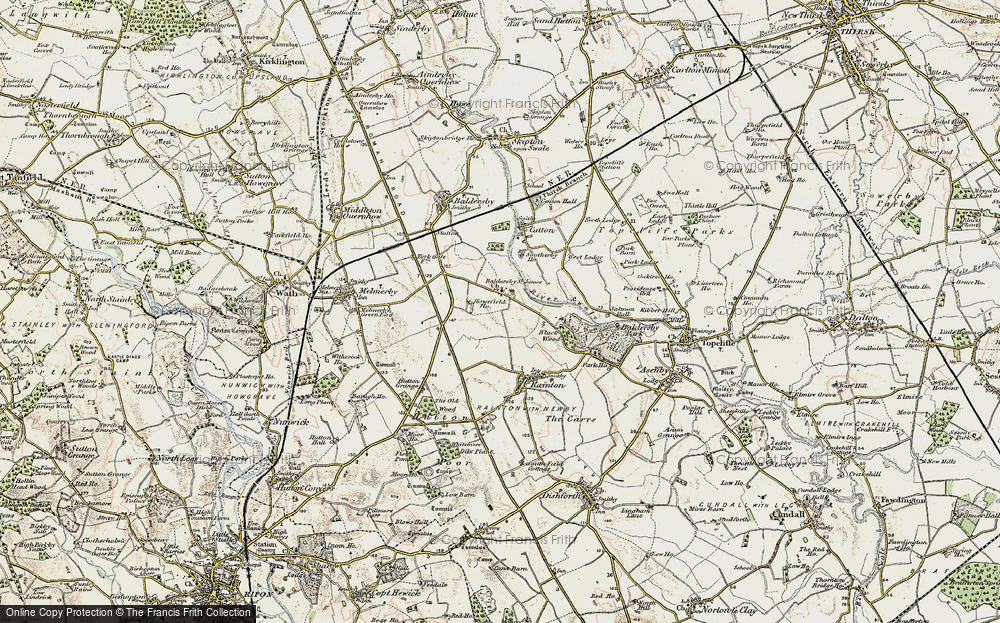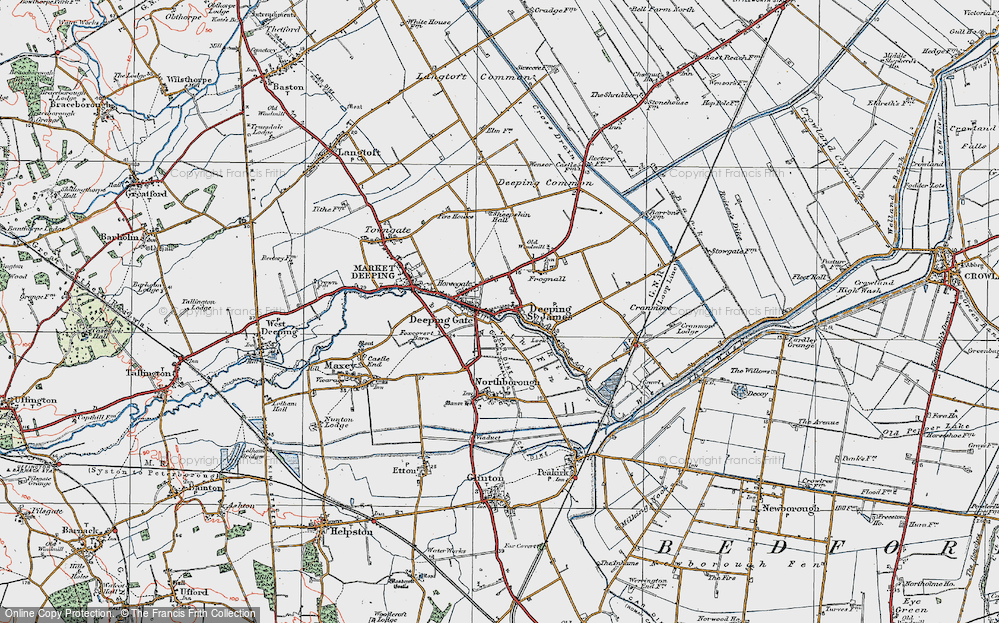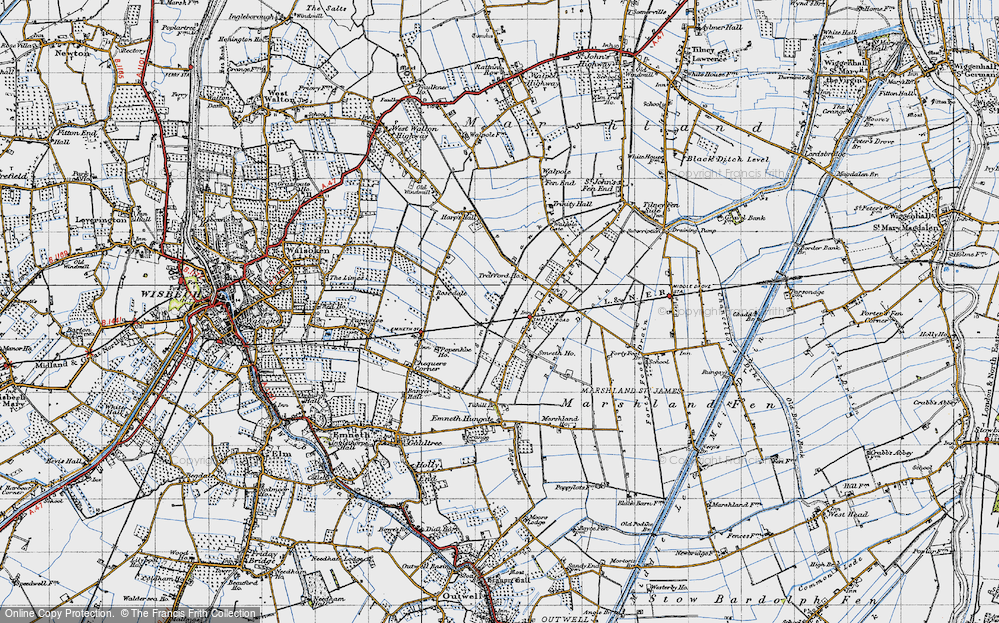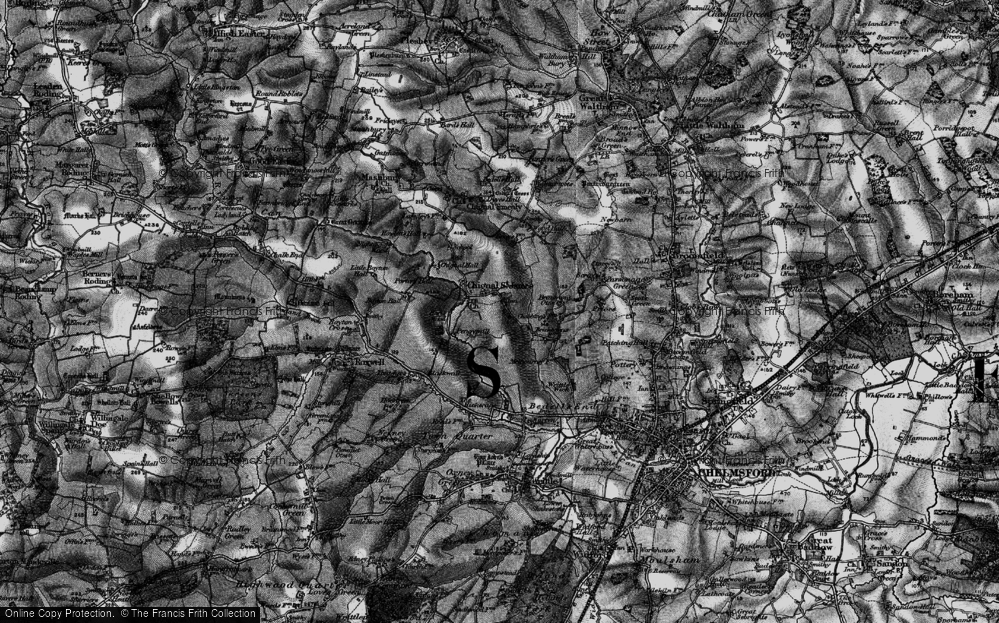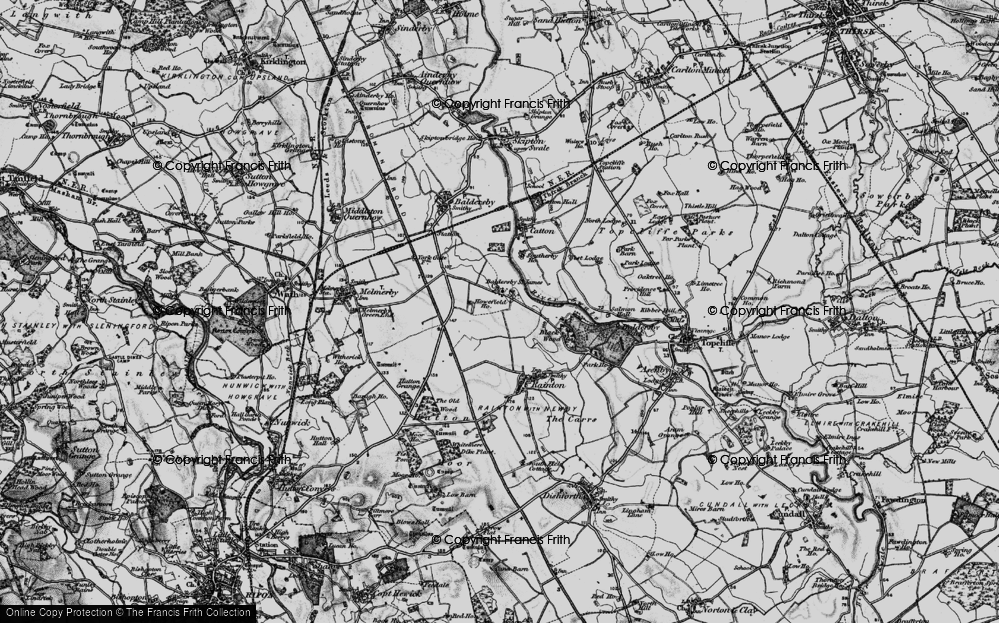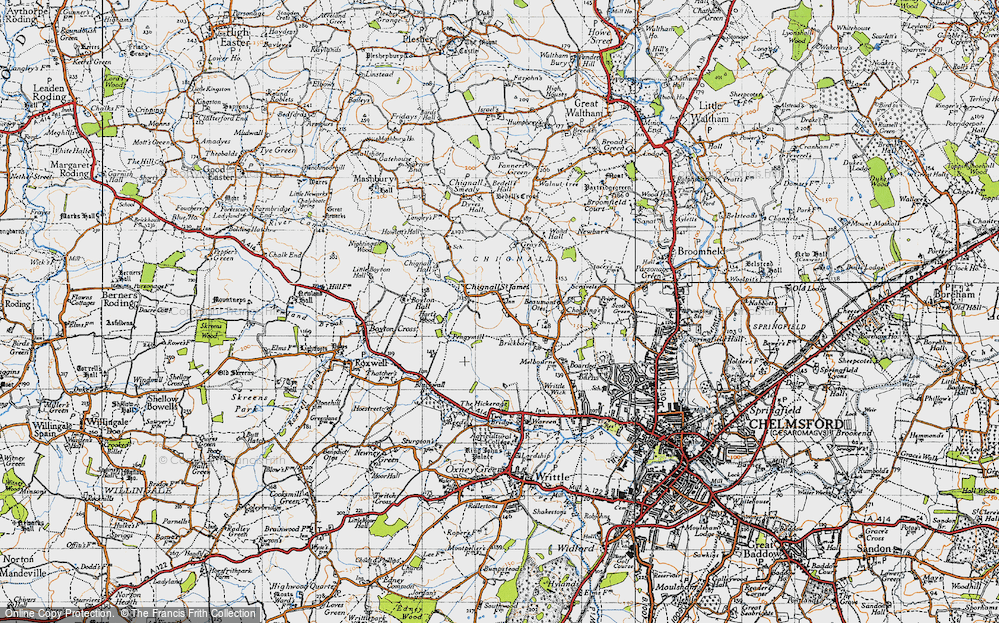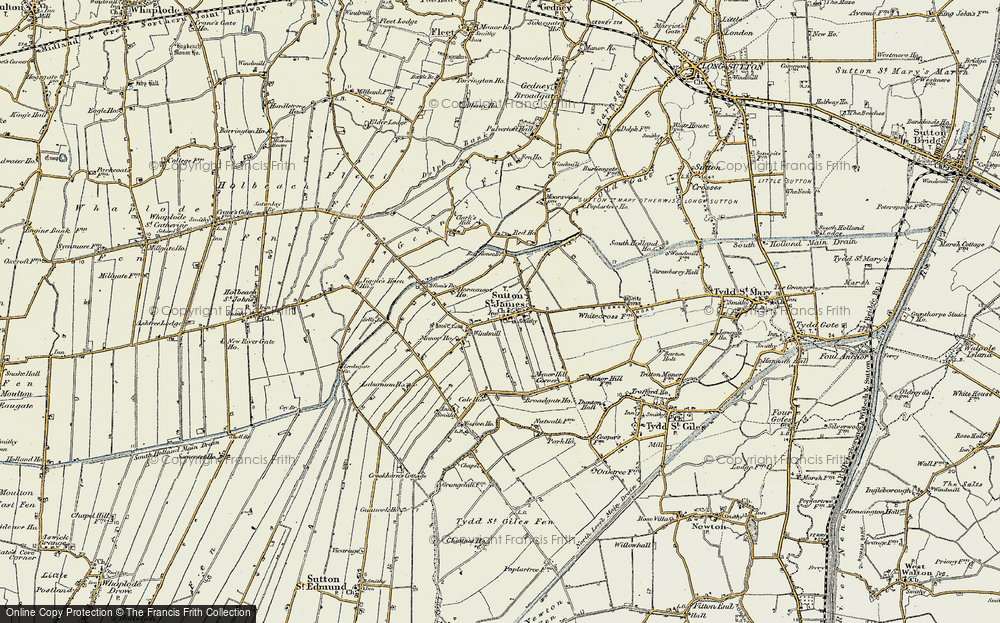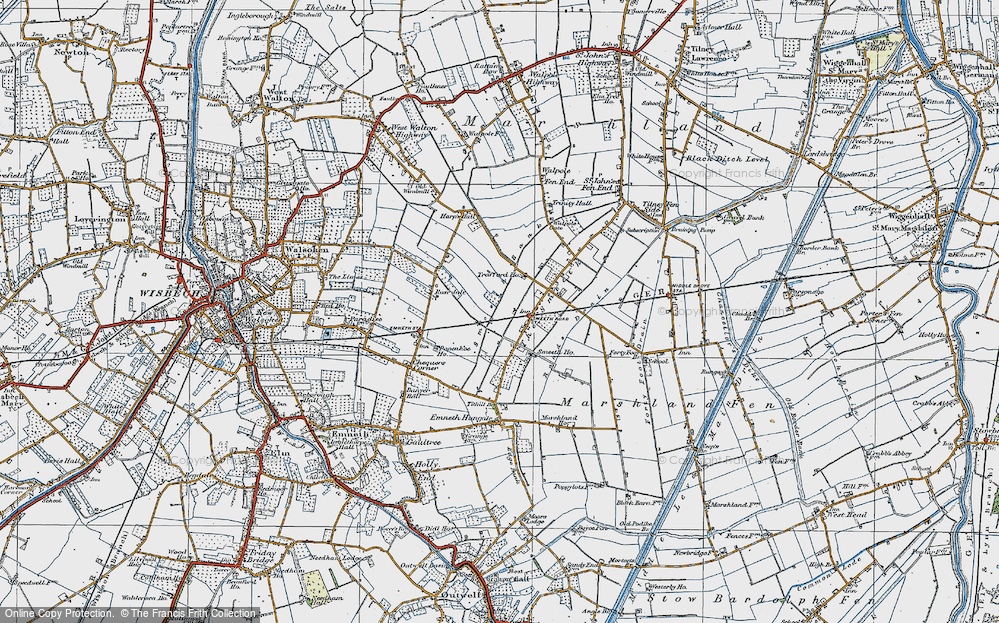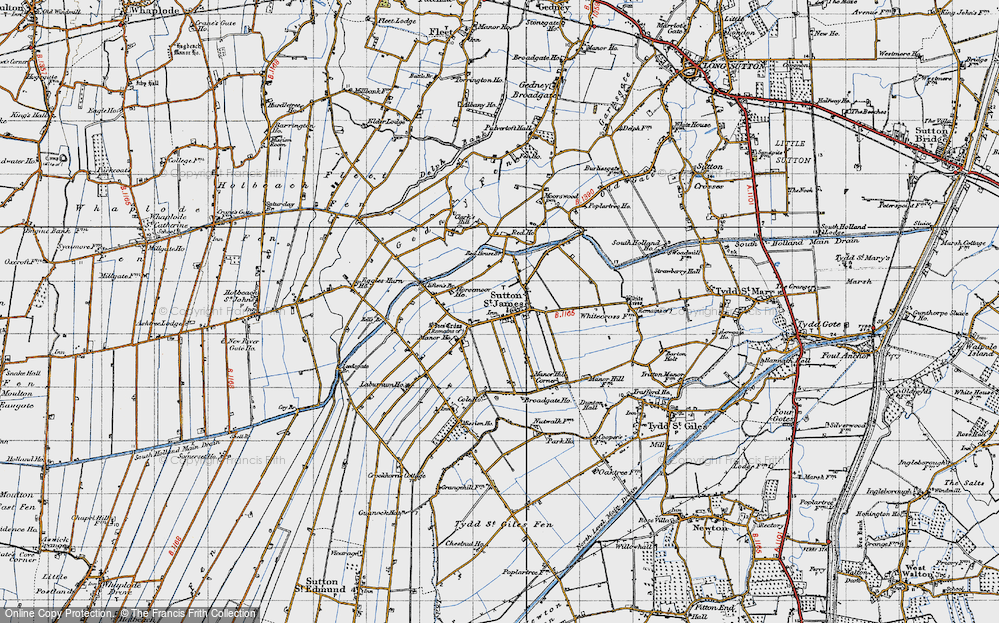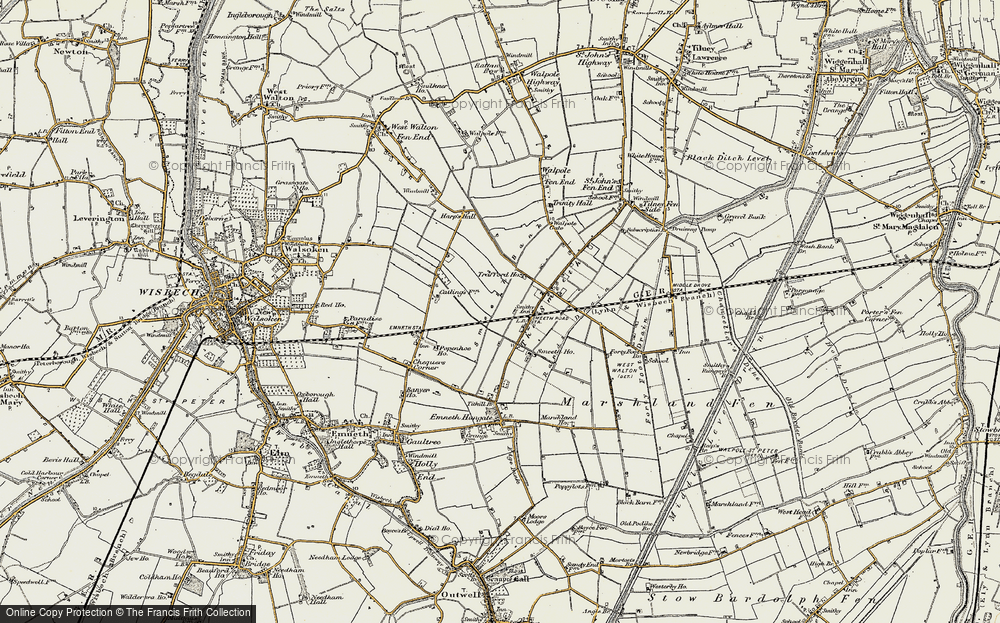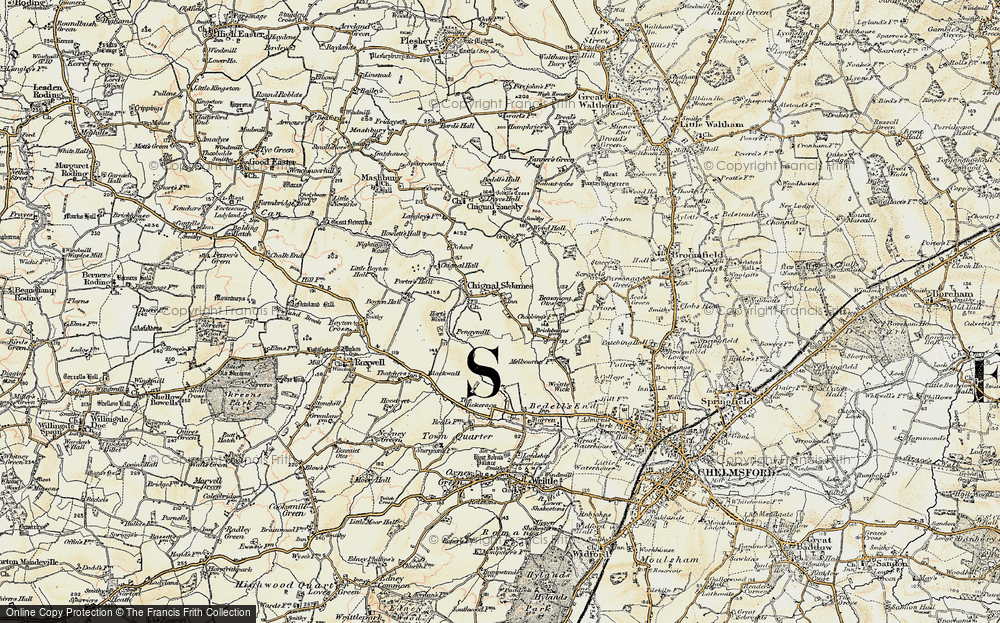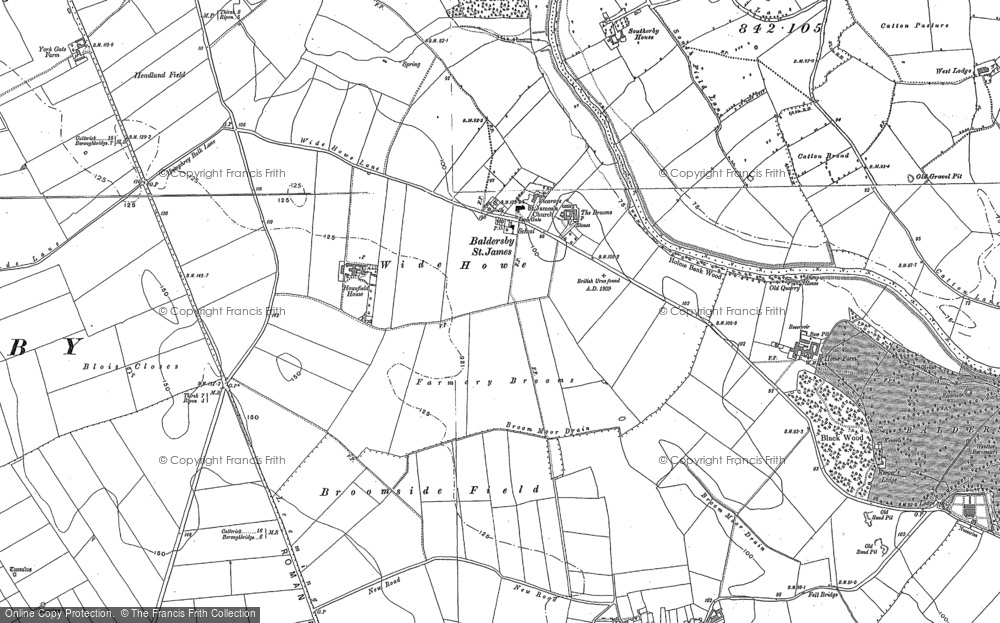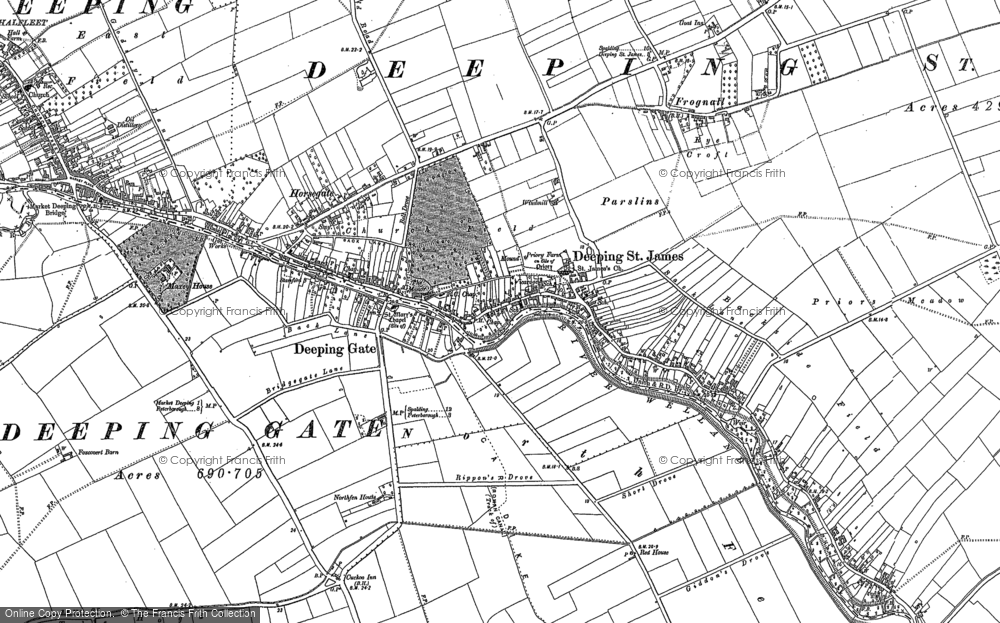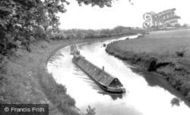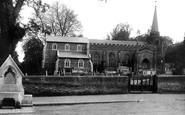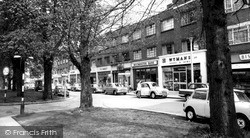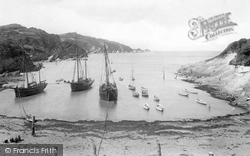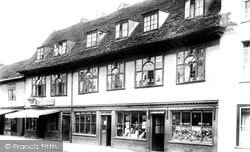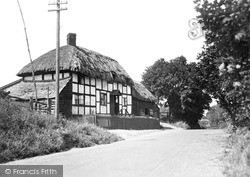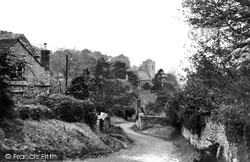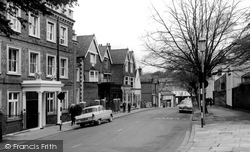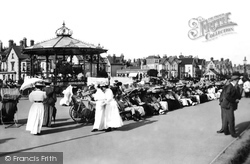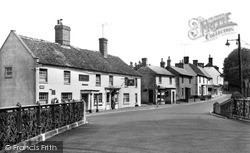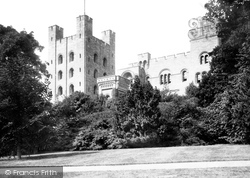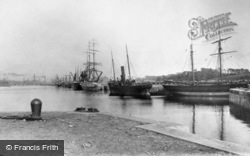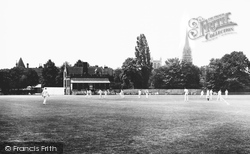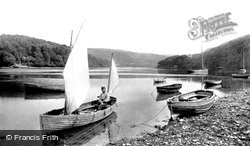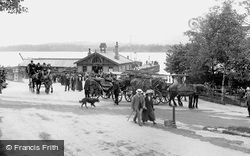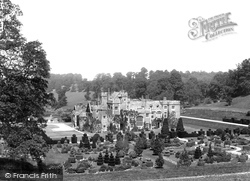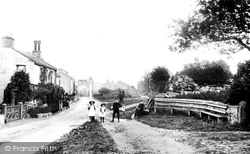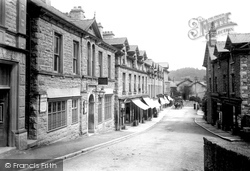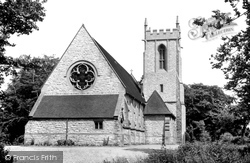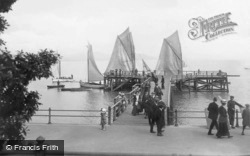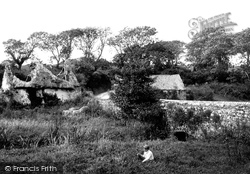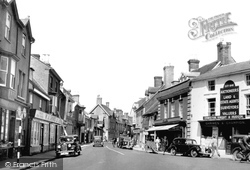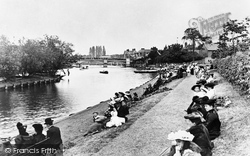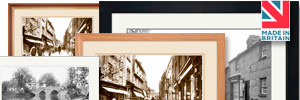Places
4 places found.
Those places high-lighted have photos. All locations may have maps, books and memories.
Photos
6 photos found. Showing results 21 to 6.
Maps
65 maps found.
Books
1 books found. Showing results 25 to 1.
Memories
4,583 memories found. Showing results 11 to 20.
Summer 1980
My memories of the heath are from 1980 when my mother - Kathleen (Topsy) Whybrow and father bought me and my brother to the heath in the summer of 1980 for five months. My parents had emigrated to NZ and gave myself and my ...Read more
A memory of Hatfield Heath in 1980 by
The 50s At School
I remember starting school at the 'old' school and then after 3 years moving to the new school - it seemed huge and daunting and many of us got lost in the first few weeks. Pyrford was great to grow up in then - we had fields to ...Read more
A memory of Pyrford in 1959 by
Torpoint Memories
I was born in Tor House Torpoint in 1933. Tor House was purchased by my Grandfather R S G Norgate, Royal Navy, in the early 1900s. My Uncle Dr Robert Norgate inherited the property in 1934. My Brother Joseph and I lived with my ...Read more
A memory of Torpoint in 1943 by
The Friendly Pub
We used to live in the house opposite the Horse & Groom, it was called Yonder Cottage, I wonder if it is still there, it was a very friendly public house, and we spent many happy hours in the company of friends, which I ...Read more
A memory of Tylers Green in 1940 by
Grandfather
My Grandfather, Frank Portingale came from Faulkand, we spent many Summer holidays there. I remember having our photos taken in the stocks and gathering mushrooms. My Grandfather's sister Edith lived in Pond row. I have fond memories of Faulkland.
A memory of Faulkland by
Girl Guide Camp
Hi! I have fond memories of Steeple Aston. I attended a guide camp somewhere outside the village, it was the first time I had seen real countryside, we spent two weeks there. I came from London's East End there were guides from ...Read more
A memory of Steeple Aston in 1943 by
Australians On The Cut 1975
Having left Australia on an open-ended working holiday to England in January, 1974 with my girlfriend, it was hard to imagine that within six weeks of arriving in London we'd be living on a leaky old narrow boat ...Read more
A memory of Leighton Buzzard in 1975 by
Colchester
While we were living in Colchester between 1955 and 1958, I was confirmed at this church at Lexden, Colchester. I had little memory of the church, but then while looking through the photos for Colchester I came across this photo much ...Read more
A memory of Colchester in 1956 by
My Memories Of Broadstone
My earliest memories of Broadstone stem from about 1937 when I was five years old. We lived in Southbourne at the time and frequently went to Broadstone at weekends to visit my "aunt Flo" and her family who lived at ...Read more
A memory of Broadstone by
Childhood
My father came to Townsend Farm as the tenant in Sept 1940. The farmhouse is shown on the left in the picture titled Townsend. At that time I was only 15 months. My earliest memories are of the later war years. We had evacuees ...Read more
A memory of East Quantoxhead in 1940 by
Captions
926 captions found. Showing results 25 to 48.
With the arrival of the Piccadilly Line came an influx of commuters, and with this influx came the promise of commercial profits.
It is thought that the first ocean-going ships to visit this harbour belonged to the Phoenicians, who came to trade for silver around 400BC.
The Coffee Tavern came into being around thirty years previously - in an attempt to provide people with an alternative to nearby public houses.
This thatched cottage sits at the northern end of the village and was once a pub whose custom came from those travelling to and from Shropshire.
Hidden in woodland near Stroud, Bussage acquired fame in the 20th century as the home and workshop of the renowned glass engraver and stained glass artist Michael Dinkel.
A Saxon hill village, known as Gumeninga Hergae, or the shrine of Guma's people, in 767, it has now become well and truly subsumed into suburbia, and into Betjeman folklore through his poem of the same
This thatched cottage sits at the northern end of the village and was once a pub whose custom came from those travelling to and from Shropshire.
In Victorian and Edwardian times, when most seaside resorts came into being, part of the entertainment would involve listening to musicians performing in specially constructed bandstands, like this one
Linton had a regular market from the Middle Ages, and it was the last place outside Cambridge to maintain one, but it came to an end around 1860, supplanted by its shops.
The marble came from Anglesey, timber from Pennant's estates, and slate from his own quarries.
The Coffee Tavern came into being around thirty years previously - it was an attempt to provide people with an alternative to nearby public houses.
She came equipped with a towing hook, so that if she came across any of the company's schooners becalmed, she could take them in tow.
Nearby Parker's Piece is where the local non-university clubs play, and where Jack Hobbs developed his skills before gaining fame in national and international cricket.
A foot ferry takes passengers across the river to Greenway, once the home of Dame Agatha Christie.
The ornate Waterhead buildings served an increasing trade of tourists to the area, particularly after the railway came in 1847.
Much of the stone came from the ruined Fulbrook Castle, which had been given to William de Compton by Henry VIII.
Much of the stone came from the ruined Fulbrook Castle, which had been given to William de Compton by Henry VIII.
The village owes its fame to Aysgarth Force, which comprises three main waterfalls, and a number of cascades. The upper falls can still be viewed from a 16th century single-arch bridge over the Ure.
The Institute was originally the local reading room, where people came to read books and newspapers. It was the first place of adult education in Grange.
The church of St Edward the Confessor contains a medieval effigy of a crusader monk, which was found in the wall of nearby Netley Castle and probably came from Netley Abbey.
Canvas-sailed boats are tied up at the pier; this was the time when Grange was becoming a popular seaside resort, famed as an escape from industrial Lancashire and for its bracing air and equable climate
Small vessels came up the Ritec as far as Gumfreston at high tide. Note the stone bridge, tumbledown building and the solitary boy in the foreground.
Light industry came to Ringwood, offering employment at a time of decline in agriculture and traditional crafts.
During the Victorian and Edwardian eras, the Thames riverbank drew large numbers of visitors who came here to enjoy the tranquil scene.Windsor's royal status made this stretch of the river especially popular
Places (4)
Photos (6)
Memories (4583)
Books (1)
Maps (65)


